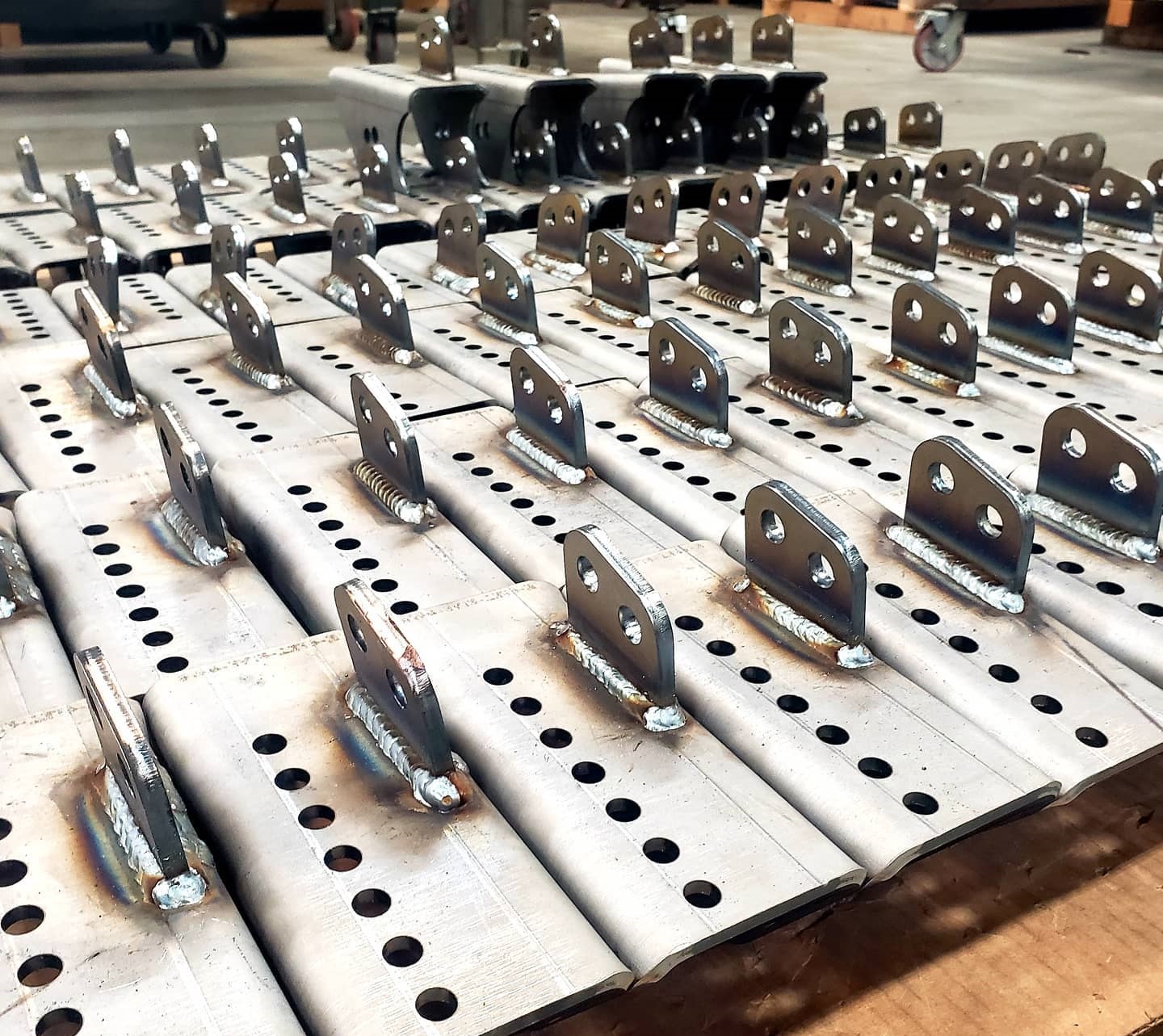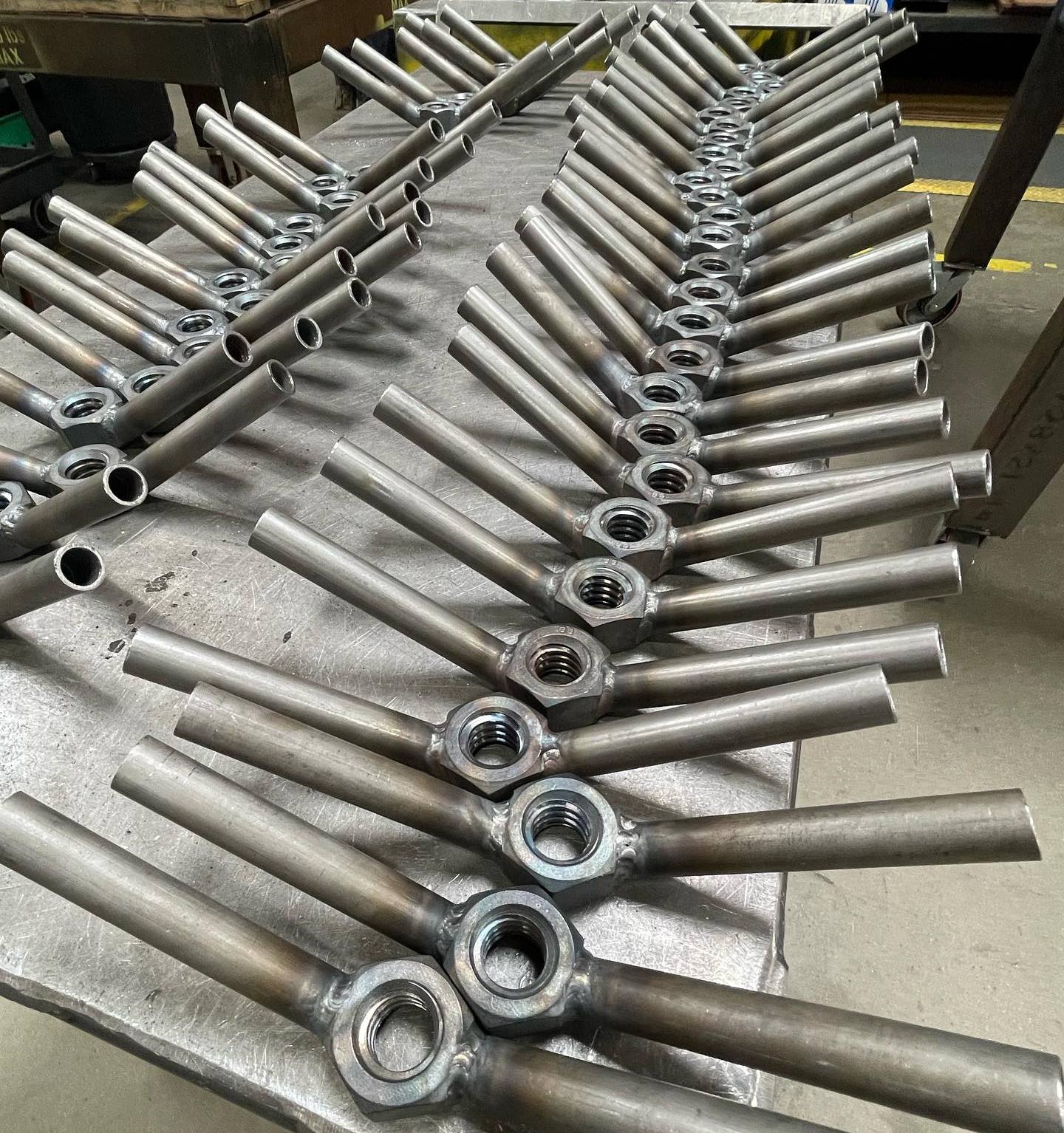What Is Custom Steel Fabrication Services ?
1. Introduction to Custom Steel Fabrication Services
Custom steel fabrication services are essential in many industries, providing tailored solutions for creating steel structures and components. These services encompass a variety of processes, including design, cutting, forming, welding, and finishing, ensuring that each project meets high standards of quality and precision.
1.1. Overview of Services
Custom steel fabrication services involve a range of processes tailored to meet the specific needs of different industries. These services ensure each component is crafted with precision and adheres to the highest quality standards.
1.2. Industry Significance
These services are crucial across multiple industries such as construction, automotive, aerospace, and manufacturing. The ability to create customized steel components allows for greater flexibility and innovation in project design and execution.

2. Design and Engineering
The design and engineering phase is the cornerstone of any custom steel fabrication project. During this stage, experts collaborate closely with clients to understand their specific needs and preferences. Using advanced software tools and 3D modeling, engineers create detailed blueprints and specifications. This meticulous planning helps identify potential challenges and optimize the design for functionality, strength, and cost-effectiveness.
2.1. Client Collaboration
Effective client collaboration is crucial during the design phase. By understanding the client's vision and requirements, engineers can create designs that are both functional and aesthetically pleasing.
2.2. Advanced Design Tools
Utilizing advanced design software and 3D modeling, engineers can create accurate and detailed blueprints. These tools help visualize the final product and ensure that all specifications are met before fabrication begins.
3. Cutting and Forming
Once the design is finalized, the next step is cutting and forming the steel. Precision cutting techniques such as laser cutting, plasma cutting, and water jet cutting are employed to shape the steel according to the project's specifications. After cutting, the steel undergoes forming processes using presses, rollers, and other equipment to achieve the desired shapes and dimensions.
3.1. Precision Cutting Techniques
Various cutting methods, including laser, plasma, and water jet cutting, are used to achieve precise shapes and sizes. Each technique offers unique advantages, depending on the project's requirements.
3.2. Forming Processes
Forming processes involve bending and shaping the steel into the desired configurations using specialized equipment. This step ensures that the steel components meet the exact specifications needed for the project.

4. Welding and Assembly
Welding and assembly are vital in custom steel fabrication, as they involve joining individual steel pieces to create a cohesive structure. Skilled welders use various welding techniques, including MIG, TIG, and stick welding, to ensure strong and durable joints. The assembly process requires meticulous attention to detail to maintain alignment and structural integrity.
4.1. Welding Techniques
Different welding techniques are used based on the project's needs. MIG, TIG, and stick welding each offer specific benefits, ensuring that the joints are strong and durable.
4.2. Assembly Accuracy
The assembly stage focuses on aligning and joining steel components accurately. Precision in this phase is crucial to ensure the overall structural integrity and stability of the final product.
5. Finishing and Installation
The final stages of custom steel fabrication involve finishing and installation. Finishing processes such as painting, powder coating, and galvanizing are applied to protect the steel from corrosion and enhance its appearance. These treatments extend the lifespan of the steel and provide a customized look that matches the client's vision. The installation phase involves transporting the fabricated components to the project site and assembling them in their final location.
5.1. Protective Finishes
Applying protective finishes such as painting, powder coating, and galvanizing helps prevent corrosion and adds aesthetic value to the steel components.
5.2. On-Site Installation
The installation phase involves careful transportation and assembly of the steel components on-site. Skilled technicians ensure that the installation is performed accurately, adhering to all safety and quality standards.

Conclusion
Custom steel fabrication services are indispensable for creating high-quality, durable, and aesthetically pleasing steel structures tailored to specific project needs. From initial design and engineering to cutting, forming, welding, finishing, and installation, each step in the fabrication process requires precision and expertise. By leveraging advanced techniques and skilled craftsmanship, custom steel fabrication ensures that every project is completed to the highest standards, meeting the unique demands of various industries such as construction, automotive, aerospace, and manufacturing.
